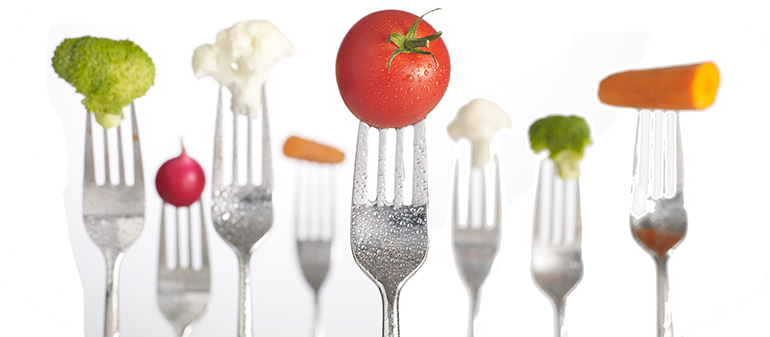Safe food: a wish or reality?

16 Feb 2016
An analysis of how safe our food really is.
Consumer expectation towards food products is very high; they need to be safe, high in nutritional value, state the known origin, be from sustainable production, meet all legal requirements regardless of its origin and at the same time be cheap.
However, the daily media presents a conflicting suggestion of a food industry plagued by reports of spoiled food, health risks from hospital germs, unhealthy products, undesired additives, residues of pharmaceuticals and pesticides, and last, but not least, deception of the end-consumer with wrong declarations and failing to disclose all ingredients. Let’s not fool ourselves; 100% food safety is not possible. If every apple, every drink, every piece of meat is sent to a laboratory to be analysed – the dinner table would be empty. Food safety is therefore a question of risk analysis, quality management and putting control systems in place to minimise potential impacts on our health.
So, can we really eat what is put on the table? I think so. If one lives on a balanced and varied diet and pays attention to the conditions of production and origin, there is no need to worry. It is possible to take account of the increasingly strict legal guidelines, which are associated with consumer expectations by using up-to-date analysis technology. Analysis should be accompanied by official controls, as well as the normal substantial self-monitoring completed by all parties along the food supply chain, including independent testing institutes that comply with the highest standard of quality and safety, which is as high as it has ever been. Current food scandals and warnings against consumption prove that it is not about missing analysis methods or controlling the possibilities that lead to these abnormalities, but it is about the missing transparency, in order to consider the legal responsibility and problems of coordination that this creates. At this point, intelligent actions are required in order to foresee the unforeseen.
As it may be known, the authorities can work very slowly. This is caused by the long legislation and standardisation of procedures with the previous opinion building process in consideration of the global need. A clear and globally voted legal requirement would simplify a lot and speed processes up, and it would not only be in the interest of the legislators but also the interest groups, the industry and, finally, the consumer.
The Global Food Safety Initiative (GFSI) has set itself the objectives to shorten the access to more food safety and transparency in order to protect the consumer. GFSI is the global association of the leading food industry and in the course of self-monitoring it develops guidelines for a substantial and globally harmonised concept to increase the safety of products in all stages of the production chain. Therefore, they are regularly in contact with experts in any field coming from not only the industry but also governments, research, independent organisations and testing institutes. The members are obliged to implement these guidelines and, as a result, contribute to a greater trust in safer food products.
In March 2016 the annual GFSI conference will take place in Berlin. A great possibility is provided for an intense interchange in regards of high-quality and safe food products, and there will be contributions given from all areas in food production and food control. An active participation also means an active consumer protection.
For more information about food services, visit www.intertek.com/food
 Kurt-Peter Raezke,
Kurt-Peter Raezke,